Homelessness is a problem that many cities face around the world. Even though governments and organizations are trying to fix it, it’s still a big issue. One Canadian millionaire decided to make a difference in his own town with his money. Here’s his story.
In Fredericton, New Brunswick, Marcel LeBrun, a millionaire entrepreneur, took action to help homeless people in his community. Marcel, who made a lot of money from his successful social media monitoring company, decided to invest $4 million of his own money to build 99 tiny homes for those in need. He didn’t just stop at providing homes; he also created job opportunities with his unique approach. This project is called 12 Neighbours.
After selling his company and gaining a lot of wealth, Marcel wanted to use his money for good. Seeing the homelessness issue in Fredericton, he came up with the idea of a tiny home community to give homeless people a new start. He named his project 12 Neighbours and aimed to build a gated community with 99 homes and an enterprise center. This community offers both housing and job opportunities, giving homeless people a chance to rebuild their lives.

Homelessness is a big issue in New Brunswick, with about 1,600 people experiencing it in a single day last year. In bigger cities like San Francisco, Los Angeles, and New York in the United States, the number of homeless people is much higher. Marcel LeBrun saw a chance to make a difference and decided to help those struggling with homelessness.
Marcel’s project, 12 Neighbours, is not just about building tiny homes. He wants to create a supportive community for people. The tiny homes he’s building are more than just places to stay. They are fully-furnished with kitchens, living areas, bedrooms, and full bathrooms. They even have solar panels on the roofs. Marcel sees himself as a community builder, aiming to provide a better life for those in need.

To make his vision a reality, Marcel LeBrun set up a factory where skilled volunteers help build the tiny homes. Using modern techniques, the factory can produce one tiny home every four business days. Once a home is built, it is carefully placed on concrete blocks to form the foundation of the community.
Marcel believes that owning a home is important because it gives people a sense of responsibility and stability. By allowing people who have experienced homelessness to own their own homes, the 12 Neighbours project aims to empower them and create a supportive community.

Besides providing homes, Marcel LeBrun’s project also focuses on creating job opportunities for the residents. The 12 Neighbours community includes an enterprise center with a coffee bar and a silk printing business, both run by the residents. This helps generate income and encourages residents to interact with the wider community.
Like any big project, 12 Neighbours has faced criticism. Some people think it’s better to reintegrate homeless individuals directly into society rather than keeping them together in one place. However, Marcel understands these concerns and has taken steps to ensure the community is safe and supportive.
Marcel explained, “Building a few homes is just as complicated as building many, and we wanted to make a real impact on homelessness in Fredericton. If we want to make a meaningful difference, we need to build houses. If I take someone who’s been living outside and put them in a luxury apartment, they might not succeed because it’s not their community or environment.”

Marcel LeBrun knows how important safety is, so he has included top security features in the 12 Neighbours community. There are gated entrances and advanced surveillance systems to ensure residents feel safe and protected.
LeBrun mentioned that some residents face challenges when they first move in. He explained, “When someone moves into a house, they might have others trying to take advantage of them. They need to learn what it means to manage their own space and decide who they let in and out.”
One of the main goals of 12 Neighbours is to build a strong sense of community both inside and outside its gates. LeBrun wants to create a place where residents and the people of Fredericton can come together. The community has a coffee bar and a personalized printing business to encourage interaction and understanding.
LeBrun told CBC, “I see myself as a community builder. We’re not just building a small community; we’re helping to make our city better.”
Marcel LeBrun’s project to build 99 tiny homes in Fredericton, New Brunswick, is a great example of using personal success to help others. Through 12 Neighbours, he has not only provided homes for those in need but also created job opportunities and a supportive community. His efforts have given hope to many and inspired others to make a difference.
Professor de música oferece aulas gratuitas para menino ‘pobre’ e descobre a verdadeira identidade do pai — História do Dia

Ex-pianista que virou professora, Lily começa a dar aulas de piano para Jay, um garoto talentoso que ela acredita vir de uma família pobre. Seus esforços para cultivar o talento dele tomam um rumo inesperado quando ela descobre a verdade sobre a identidade do pai dele — uma revelação que ameaça desvendar tudo.
Lily sentou-se ao piano, seus dedos pressionando levemente teclas aleatórias, enchendo o ambiente com notas suaves e desconexas. Ela suspirou, sua mente girando de preocupação.

Apenas para fins ilustrativos. | Fonte: Midjourney
A orquestra fora sua vida, seu sonho desde criança. Agora, esse sonho se fora, e com ele, sua sensação de segurança. O maestro a dispensara sem pensar duas vezes, preferindo a filha em vez dela.
Ela tinha um pequeno emprego ensinando música para alguns adultos, mas mal conseguia pagar o aluguel, quanto mais a comida e outras despesas. Frustrada, ela firmou as mãos nas teclas e começou a tocar uma de suas melodias favoritas, despejando suas emoções em cada nota.
A música começou suave, mas conforme os pensamentos sobre sua situação inundavam sua mente, ela tocou com mais força, seus dedos batendo nas teclas com força cada vez maior.

Apenas para fins ilustrativos. | Fonte: Midjourney
Quando a música terminou, a sala mergulhou num silêncio denso e profundo, como se absorvesse sua dor. Suas mãos caíram frouxas sobre o colo e ela fechou delicadamente a tampa do piano, apoiando a testa nela. O silêncio era reconfortante, mas não resolvia seu problema.
Nas semanas seguintes, ela vasculhou listas de empregos, candidatando-se a qualquer coisa remotamente relacionada à música. Finalmente, conseguiu uma vaga como professora de música em uma escola. Ela não se importava em ensinar — ela respeitava profundamente os professores.
No entanto, parte dela ansiava por criar sua própria música, por colocar sua alma em sua arte, não apenas guiar os outros nas suas.

Apenas para fins ilustrativos. | Fonte: Midjourney
Mas sem outras opções, ela aceitou o emprego. A escola estava ansiosa para contratá-la; eles estavam procurando alguém há meses.
Os primeiros dias foram difíceis. Ela não estava acostumada a trabalhar com crianças, e elas pareciam indiferentes ao seu jeito tranquilo e gentil de ensinar. Ela tentou de tudo — tocou trilhas sonoras de filmes populares, músicas pop cativantes — qualquer coisa para despertar o interesse delas. Mas nada parecia funcionar.
Então, uma tarde, depois da aula, enquanto caminhava pelo corredor, uma melodia suave chamou sua atenção. Ela seguiu o som até a sala de aula e espiou lá dentro. Lá, ao piano, estava Jay, um de seus alunos. Ele tocava exatamente a mesma peça que ela havia ensaiado mais cedo.

Apenas para fins ilustrativos. | Fonte: Midjourney
“Você toca piano?” Lily perguntou, entrando na sala.
Jay estremeceu, assustado. “Não… na verdade não. Não toquei muito”, murmurou, olhando para as teclas.
“Mas você estava só brincando”, respondeu Lily, com um sorriso caloroso no rosto. “E muito bem, principalmente para alguém da sua idade.”
Jay deu de ombros. “Acabei de lembrar como você tocou.”

Apenas para fins ilustrativos. | Fonte: Midjourney
Lily piscou, surpresa. Ela sabia que mesmo muitos músicos experientes não conseguiam tocar de memória daquele jeito. “Você gostaria de aprender?”, perguntou ela.
Os olhos de Jay brilharam e um pequeno sorriso surgiu em seu rosto. “Sério? Você me ensinaria?”
Lily assentiu. Mas notou que o rosto dele se desfez tão rápido quanto a excitação. “O que houve?”
“Eu… eu não posso. Quer dizer, obrigado, mas… não temos dinheiro para isso”, disse ele baixinho.

Apenas para fins ilustrativos. | Fonte: Midjourney
Lily olhou para ele, pensativa. Lembrou-se de ter notado que ele raramente almoçava com as outras crianças. Parecia reservado. “Você não precisa se preocupar em pagar”, disse ela gentilmente. “Eu te ensino de graça.”
O rosto de Jay se iluminou com um sorriso enorme e, sem aviso, ele a abraçou. “Obrigado!”, disse ele.
Nas semanas seguintes, Lily e Jay se encontraram na sala de aula vazia depois da aula, com o entusiasmo compartilhado preenchendo a sala. Lily observava, maravilhada, Jay tocar cada peça nova que ela lhe mostrava, seus dedos se movendo pelas teclas com uma facilidade surpreendente.

Apenas para fins ilustrativos. | Fonte: Midjourney
Cada nota, cada acorde, cada melodia parecia vir naturalmente para ele. Ela lhe ensinou notação musical, guiando-o por cada símbolo e ritmo.
No entanto, a cada vez, ela se perguntava: será que ele precisava mesmo dessas lições? Seu talento era bruto, instintivo, como se ele tivesse nascido para tocar.
Certo dia, enquanto Jay trabalhava em uma nova melodia, Lily sorriu e se inclinou para a frente. “Você já pensou em se apresentar?”, perguntou ela.
Jay olhou para cima, surpreso. “Se apresentando? Tipo, na frente das pessoas?”

Apenas para fins ilustrativos. | Fonte: Midjourney
“Sim!”, respondeu Lily. “O festival da escola está chegando. Você poderia tocar uma peça lá. Você tem talento suficiente.”
Jay hesitou, olhando para as teclas do piano. “Não sei… E se eu errar?”
“Você não vai”, disse Lily, calorosamente. “Você está pronta, e eu vou te ajudar. Vamos escolher uma música juntas, algo que te faça sentir bem. Você pode até escolher a música.”
Jay mordeu o lábio, ainda inseguro, mas assentiu lentamente. “Tudo bem, acho que posso tentar.”
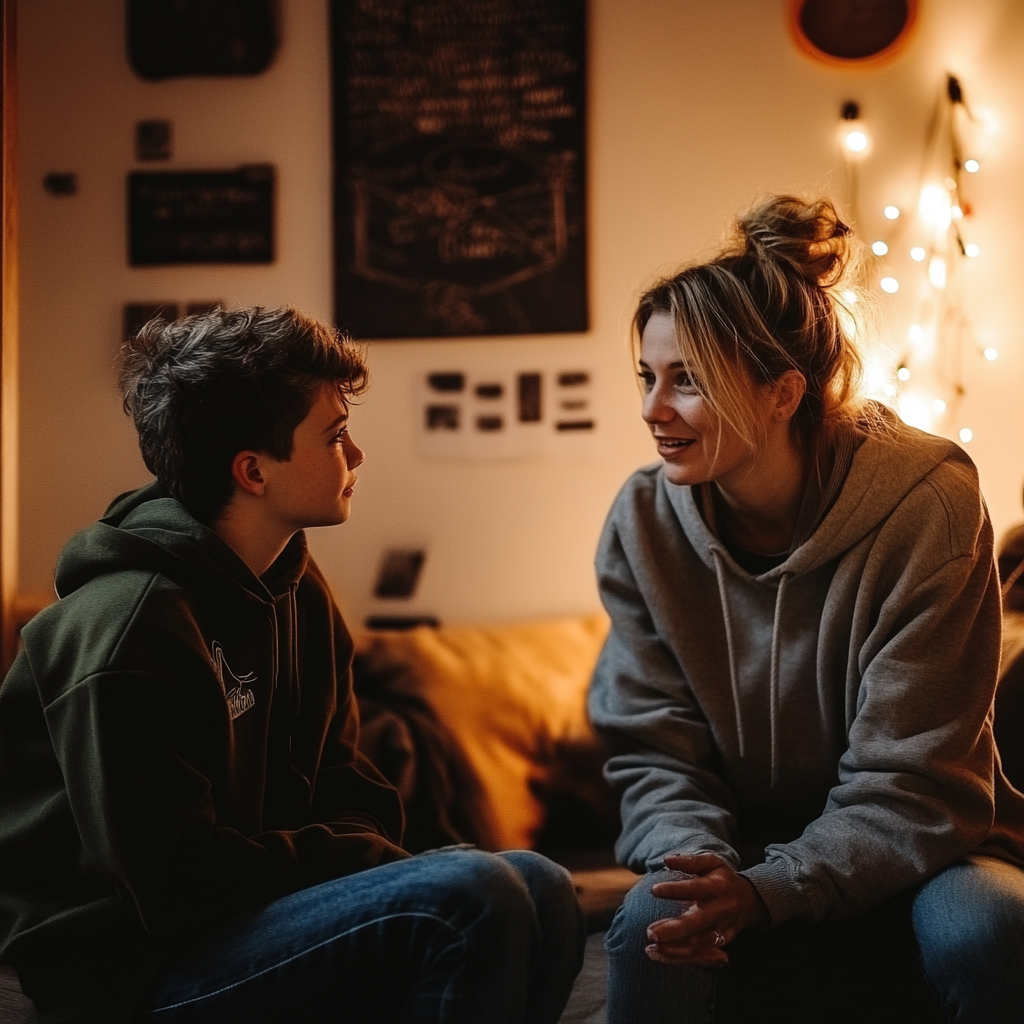
Apenas para fins ilustrativos. | Fonte: Midjourney
O coração de Lily disparou. Ela não se sentia tão animada há muito tempo. Ensiná-lo, observar sua confiança crescer — isso a encheu de um senso de propósito que ela nem sabia que precisava.
No dia da apresentação, Lily percorreu os corredores lotados da escola, procurando por Jay em todos os lugares. Seus olhos percorreram cada sala, seu coração batendo um pouco mais rápido de preocupação cada vez que não o encontrava.
Ele deveria encerrar o espetáculo, mas o tempo estava se esgotando. Outros professores a interromperam, perguntando: “Você viu o Jay? Ele está pronto?”
Ela balançou a cabeça, sentindo-se mais ansiosa a cada pergunta. De repente, assim que ela se virou para o palco, Jay entrou correndo nos bastidores, parecendo nervoso e sem fôlego.

Apenas para fins ilustrativos. | Fonte: Midjourney
“Rápido, preciso ir agora, antes que ele me veja”, Jay sussurrou com urgência, olhando para o palco.
Lily pousou a mão gentilmente em seu ombro, sentindo sua angústia. “Espere aí, Jay. Mais uma encenação. De quem você está se escondendo? Por que está com tanto medo?”
O rosto de Jay se contorceu, seus olhos se encheram de lágrimas. “Ele não me deixa tocar. E se descobrir, vai te demitir. Eu não quero que isso aconteça”, disse ele, com a voz embargada.
Lily se ajoelhou na altura dele, falando calmamente. “Jay, mais devagar. Ninguém vai me demitir. Quem não quer que você se apresente?”

Apenas para fins ilustrativos. | Fonte: Midjourney
Jay enxugou os olhos e olhou para baixo. “Meu pai”, murmurou.
“Seu pai?”, repetiu Lily, surpresa. “Ele… ele te machuca?”
Jay balançou a cabeça rapidamente. “Não, ele só… ele não quer que eu toque piano.”
“Por que não?”, perguntou Lily suavemente, confusa. “Não vou te cobrar pelas aulas.”

Apenas para fins ilustrativos. | Fonte: Midjourney
“Não é pelo dinheiro. É só que…” Jay começou a explicar, mas congelou quando uma voz severa o chamou.
“Jay!”, gritou um homem bruscamente. Lily se virou, chocada ao ver Ryan parado ali.
Lily o reconheceu instantaneamente. Ryan — seu antigo colega de escola. Lembranças daqueles dias voltaram à tona. Naquela época, eles eram amigos, talvez até amigos próximos.
Ambos sonhavam com um futuro na música, na esperança de conseguir a mesma bolsa para cursar a melhor universidade de música. Passavam horas praticando juntos, estudando, incentivando um ao outro a melhorar.

Apenas para fins ilustrativos. | Fonte: Midjourney
A família de Ryan nunca aprovou seus sonhos. Seus pais achavam que a música era inútil, indigna do tempo do filho. Mas Ryan continuou, movido pelo amor à música, mantendo suas ambições em segredo.
O dia em que ela ganhou a bolsa foi o dia em que tudo mudou. Ryan olhou para ela, magoado e com raiva, e disse que ela havia arruinado a vida dele. Suas palavras, “Eu te odeio”, a assombraram desde então.
Agora, parado diante dela, ela viu o mesmo ressentimento em seus olhos, como se todos aqueles anos não tivessem passado.
“Jay!”, a voz de Ryan soou ríspida. “Eu te disse para não tocar música. Eu proibi!”
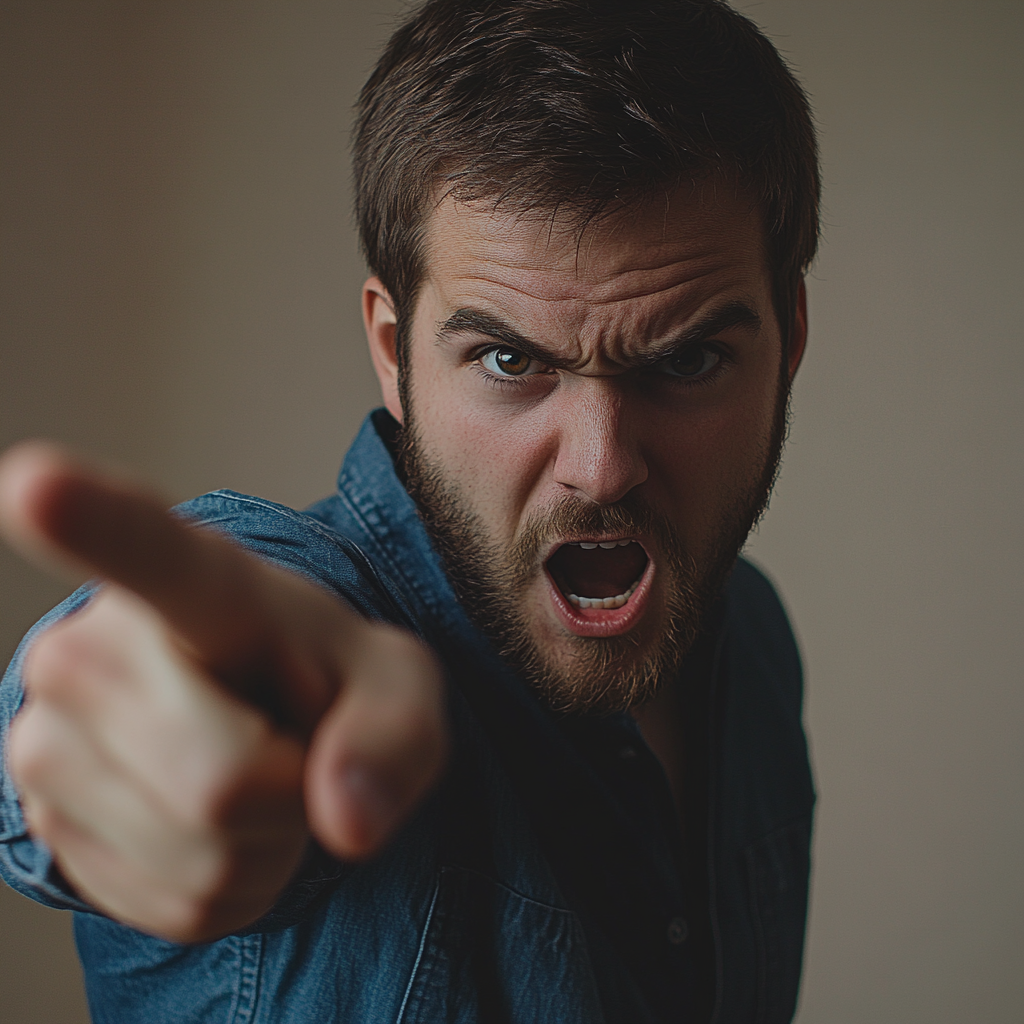
Apenas para fins ilustrativos. | Fonte: Midjourney
Jay olhou para baixo, sua voz quase um sussurro. “Pai, eu posso explicar…”
Lily, percebendo o medo de Jay, virou-se para ele. “Você não vem de uma família pobre?”, perguntou gentilmente, embora soubesse a verdade. Ryan havia herdado a empresa do pai e estava longe de passar por dificuldades.
Ryan zombou. “Coitada da família? Ele provavelmente inventou essa história para que eu não descobrisse sobre essas aulas. Ele até parou de comer na escola, esperando que eu nunca desconfiasse.”
Lily respirou fundo. “Mas por que você está impedindo ele de tocar música?”, perguntou ela, olhando Ryan nos olhos.

Apenas para fins ilustrativos. | Fonte: Midjourney
“Porque não é algo que um homem de verdade faz”, respondeu Ryan com firmeza.
Lily sentiu o coração afundar. “Ryan, essa não é a sua crença — é a do seu pai. O Ryan que eu conhecia amava música, amava tocar piano.”
Os olhos de Jay se arregalaram, surpreso. “Pai, você costumava tocar?”
O olhar de Ryan endureceu. “O Ryan que você conhecia se foi. Eu era jovem e tolo. Agora eu entendo. Música não é lucrativa e não é masculina.” Ele estendeu a mão para Jay, puxando-o para longe do palco sem dizer mais nada.

Apenas para fins ilustrativos. | Fonte: Midjourney
Lily observou Ryan e Jay se afastarem, com o coração disparado. Ela não podia deixar aquilo acabar assim. Sem hesitar, correu pelos corredores e saiu para o estacionamento. Viu-os se aproximando do carro de Ryan, Jay olhando para baixo, derrotado.
“Espere! Ryan, espere!”, Lily chamou, com a voz urgente. “Você não pode fazer isso!”
Ryan parou, mas não se virou. “Este é meu filho”, disse em voz alta. “Tenho todo o direito de decidir o que é melhor para ele.”
Lily respirou fundo e deu um passo à frente. “Você não tem o direito de tirar isso dele. Jay é talentoso, Ryan. Você sabe disso, e eu sei disso. Ele merece essa chance.”

Apenas para fins ilustrativos. | Fonte: Midjourney
Ryan se virou para ela, com uma expressão dura. “Eu também já fui talentoso. Tive essa chance, mas você a tirou de mim. Agora, vejo que era tudo bobagem.”
“Isso não é verdade”, disse Lily, com a voz firme. “Você não acredita nisso, Ryan. E não fui eu quem tirou isso de você. Seus pais se recusaram a te apoiar. Eles nunca realizaram seus sonhos. Eu sei que isso doeu, mas não deixe que machuque o Jay.”
Os olhos de Ryan piscaram, mas ele balançou a cabeça. “A decisão é minha. Jay não vai tocar música.”
A voz de Lily se elevou de emoção. “Pare com isso, Ryan! Não é justo! Você está negando a ele algo que ele ama por causa da sua própria raiva — raiva de mim, raiva dos seus pais. Jay merece uma chance de ser quem ele é. Eu poderia encontrar outro professor para ele, mas ele precisa disso. Você não pode destruir esse sonho.”

Apenas para fins ilustrativos. | Fonte: Midjourney
A voz de Jay era um sussurro, mas suas palavras eram claras. “Por favor, pai. Só me escuta. Me deixa tocar.”
Ryan olhou para Jay, com uma expressão mais suave. Após uma longa pausa, assentiu lentamente. “Uma vez”, disse ele baixinho. “Você pode jogar uma vez.”
Lily soltou um suspiro de alívio. Ela conduziu Jay de volta para a escola e o guiou até o palco. Ele se sentou ao piano, seus dedos encontrando as teclas. Enquanto ele tocava, a sala ficou em silêncio, cativada pela beleza de sua música. Lily olhou para Ryan e, pela primeira vez, viu lágrimas em seus olhos.
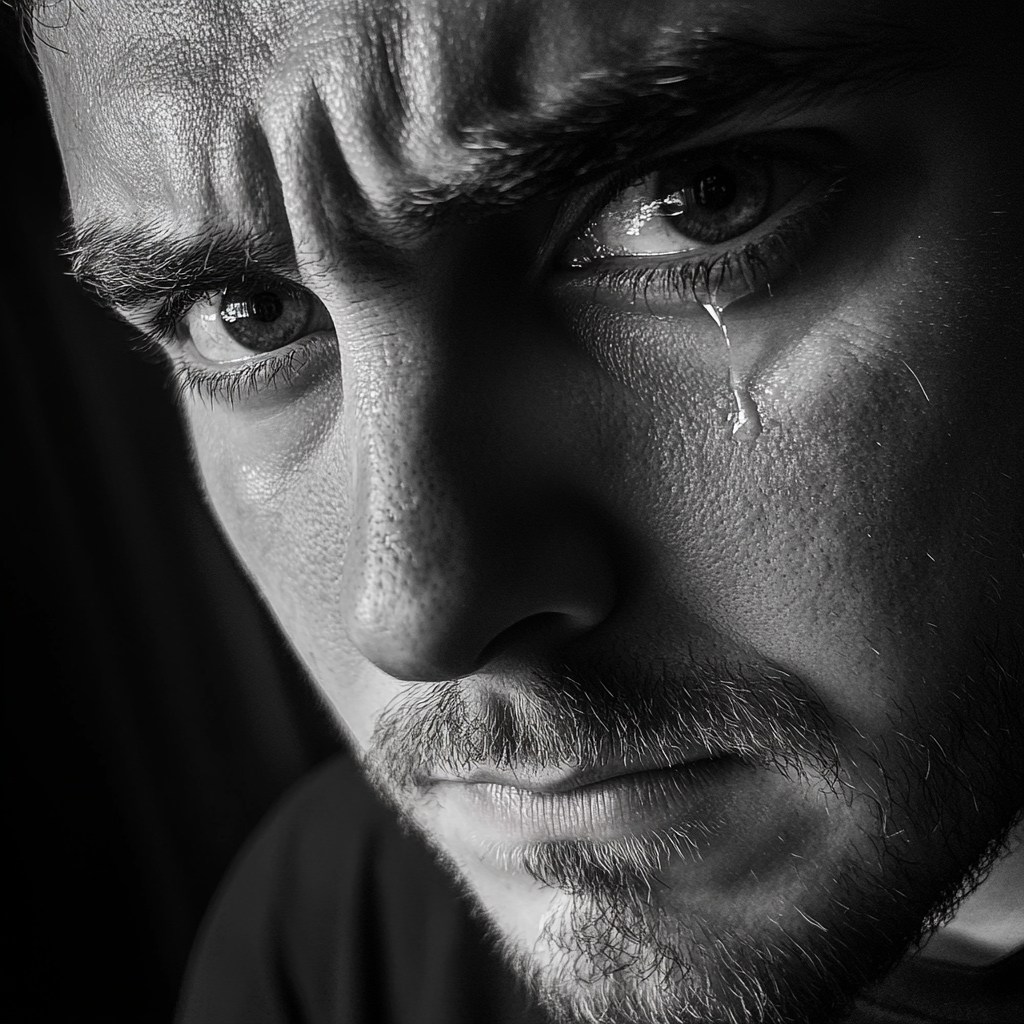
Apenas para fins ilustrativos. | Fonte: Midjourney
“Essa era a minha sonata favorita”, disse ele a Lily, em voz baixa. “Nunca tive habilidade para tocá-la.”
Lily sorriu suavemente. “Então, isso significa…”, ela começou, mas ele assentiu, demonstrando sua aprovação silenciosa. O coração de Lily se encheu de orgulho ao olhar para Jay, sentindo que ele poderia ser sua maior realização.
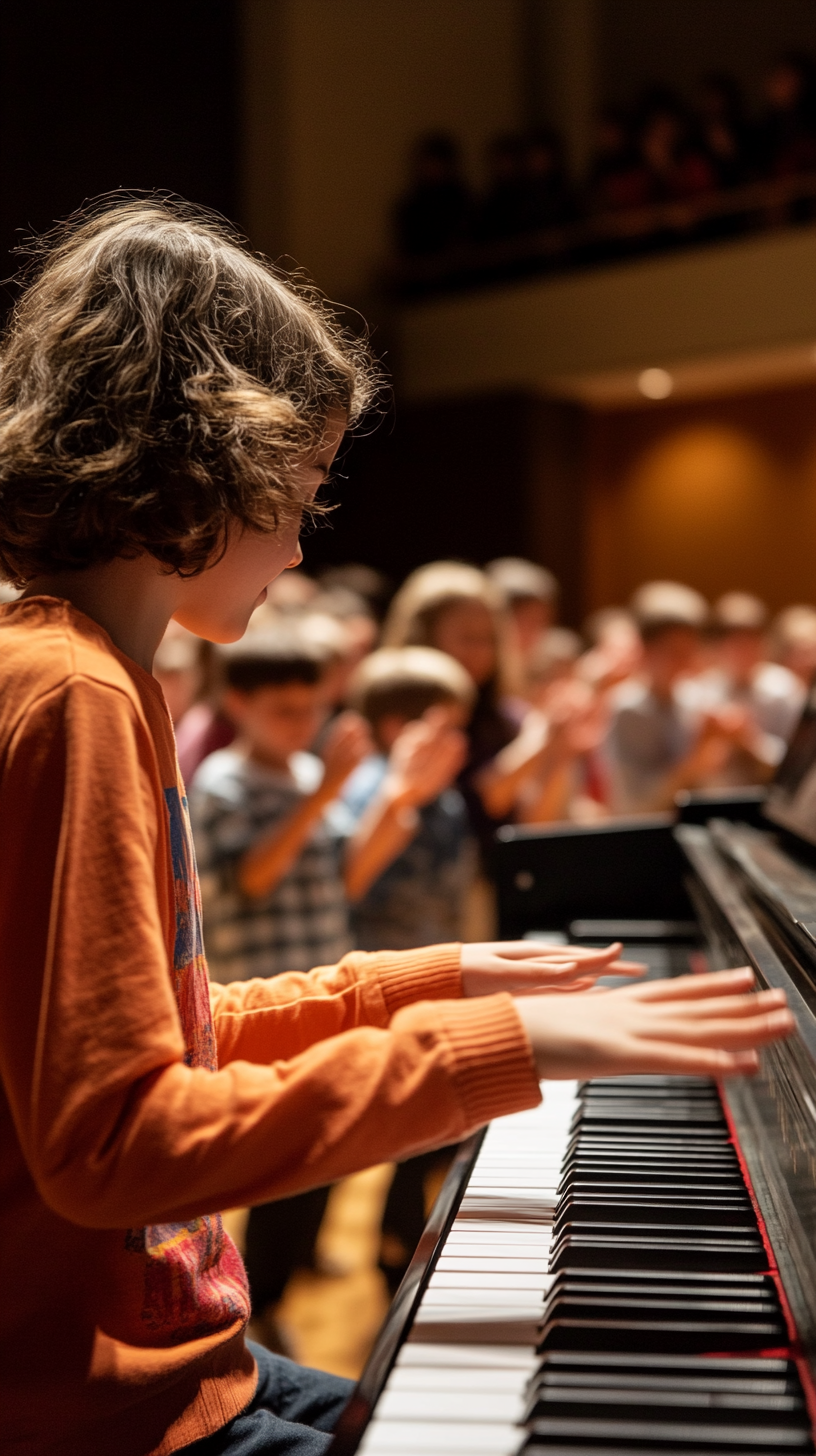
Apenas para fins ilustrativos. | Fonte: Midjourney
Conte-nos o que você achou desta história e compartilhe com seus amigos. Isso pode inspirá-los e alegrar o dia deles.
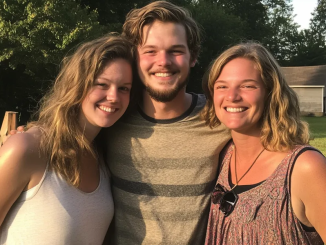
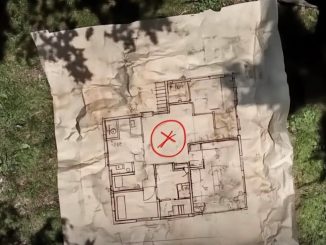

Leave a Reply